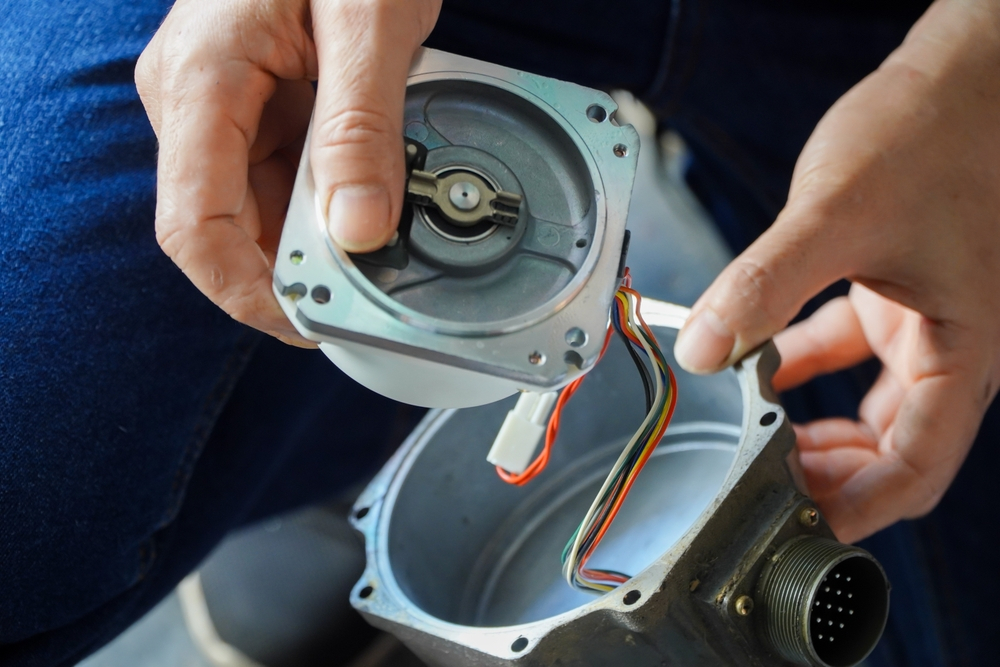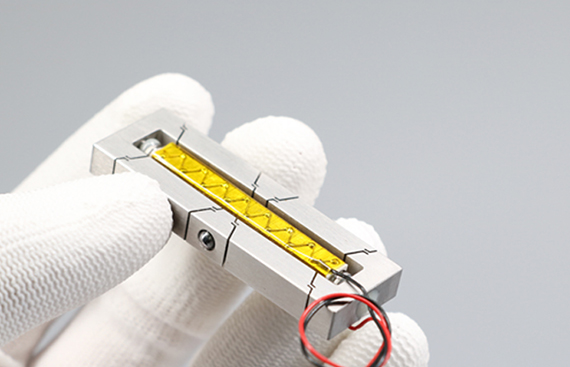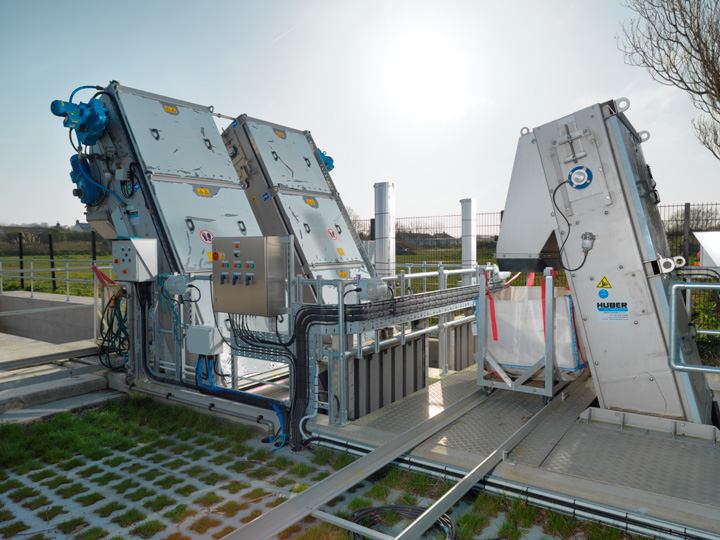Types of Electric Actuators:

Electric Actuators:
These actuators utilize electrical energy to generate motion. They are commonly found in various robotic applications due to their versatility and ease of control. Electric actuators include servo motors, stepper motors, and DC motors, each serving specific purposes based on the requirements of the robotic system. In the intricate world of robotics, electric actuators stand as fundamental components, orchestrating the graceful dance of machines in response to digital commands. These sophisticated devices harness the power of electricity to translate signals into precise mechanical motion, propelling robots through a myriad of tasks with finesse and efficiency. Electric actuators are the silent heroes behind the seamless movements of robotic arms, the agile locomotion of drones, and the delicate manipulations of surgical robots. Let us embark on a journey into the realm of electric actuators, unraveling their types, functionalities, and pivotal role in shaping the landscape of modern robotics.

Types of Electric Actuators:
- Servo Motors:
Servo motors reign supreme as the workhorses of robotics, offering unparalleled precision, torque, and control. These compact yet powerful motors utilize feedback mechanisms such as encoders to maintain accurate positioning and velocity, making them indispensable in applications demanding high levels of accuracy and repeatability. From robotic arms in manufacturing to autonomous vehicles on the road, servo motors drive the heartbeat of countless robotic systems with unwavering reliability.
The Dynamic Heart of Robotic Motion:
In the intricate tapestry of robotics, servo motors emerge as the dynamic core, breathing life into the precise and agile movements of machines. These sophisticated electromechanical devices serve as the workhorses behind a myriad of robotic applications, from industrial automation to precision manufacturing and beyond. Let’s embark on an in-depth exploration of servo motors, unraveling their types, functionalities, and indispensable role in shaping the landscape of modern robotics.
Types of Servo Motors:
DC Servo Motors:
DC servo motors are a foundational type, characterized by their simplicity and versatility. They operate on the principle of electromagnetic induction, converting electrical energy into mechanical motion. Equipped with encoders or feedback systems, DC servo motors provide precise control over speed, position, and torque. These motors find applications in robotics requiring accurate motion control, such as CNC machining, 3D printing, and robotic arms in manufacturing.
AC Servo Motors:
AC servo motors offer high performance and efficiency, making them ideal for demanding robotic applications. They utilize alternating current (AC) to drive motion, with advanced control algorithms ensuring precise positioning and dynamic response. AC servo motors excel in tasks requiring rapid acceleration, deceleration, and high-speed motion, such as robotics in automation, packaging, and material handling systems.
Brushless DC Servo Motors:
Brushless DC (BLDC) servo motors combine the advantages of DC motors with brushless technology, offering improved efficiency, reliability, and lifespan. These motors feature a brushless design, eliminating the need for carbon brushes and commutators, resulting in reduced maintenance and wear. BLDC servo motors provide smooth and precise motion control, making them suitable for applications demanding high performance and durability, such as robotics in aerospace, automotive, and medical devices.
Linear Servo Motors:
Linear servo motors translate rotary motion into linear motion, offering precise and rapid linear actuation. They consist of a stator and a moving forcer, with magnetic fields driving the motion along a linear path. Linear servo motors provide exceptional accuracy, repeatability, and speed in linear motion applications, such as pick-and-place systems, semiconductor manufacturing, and precision positioning stages.
Hybrid Servo Motors:
Hybrid servo motors combine the advantages of stepper motors with closed-loop control systems, offering improved performance and accuracy. They feature a hybrid rotor design, combining permanent magnets and teethed stator poles, allowing for precise positioning without the risk of stalling or loss of steps. Hybrid servo motors are used in robotics requiring high torque, low noise, and precise motion control, such as CNC routers, laser cutting machines, and robotics in woodworking and metalworking industries.
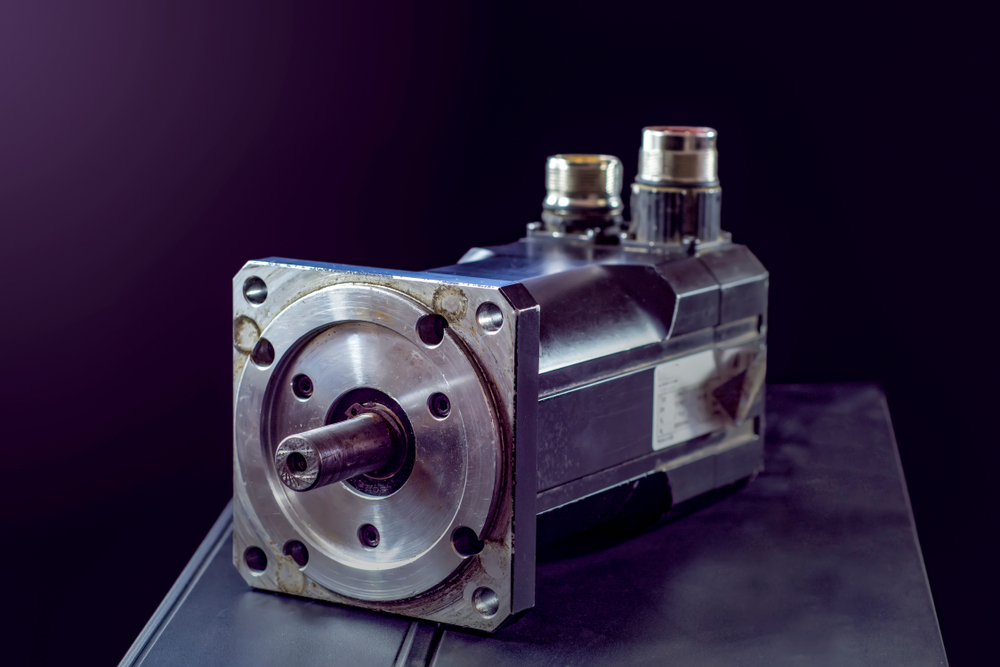
Functionalities of Servo Motors:
Precision Motion Control:
Servo motors excel in providing precise motion control, allowing robots to move with accuracy and repeatability. Equipped with feedback devices such as encoders or resolvers, servo motors continuously monitor and adjust position, velocity, and torque, ensuring precise motion execution. Whether performing intricate assembly tasks, manipulating delicate objects, or navigating complex environments, servo motors provide the precision needed to accomplish diverse tasks in robotics.
Dynamic Response and Agility:
Servo motors offer dynamic response and agility, enabling robots to execute rapid movements and adjustments with minimal delay. Advanced control algorithms and high-speed communication interfaces allow servo motors to respond quickly to changing commands or environmental conditions, ensuring smooth and responsive motion. Whether accelerating and decelerating in high-speed machining operations or tracking moving targets in robotic vision systems, servo motors provide the agility needed to adapt to dynamic scenarios in robotics.
Load Adaptability and Torque Control:
Servo motors exhibit load adaptability and torque control, allowing robots to adjust their motion and force output based on varying load conditions. Closed-loop control systems continuously monitor and adjust motor parameters to match the required torque and overcome external loads, ensuring consistent performance across different operating conditions. Whether lifting heavy payloads, overcoming frictional forces, or maintaining stable motion in varying environments, servo motors provide the torque control needed to accomplish tasks efficiently and reliably in robotics.
Positioning and Repeatability:
Servo motors offer precise positioning and repeatability, enabling robots to accurately place and manipulate objects with consistency. Feedback devices provide real-time position feedback, allowing servo motors to maintain tight tolerances and achieve repeatable motion trajectories. Whether positioning components in manufacturing, aligning tools in machining operations, or performing intricate assembly tasks, servo motors ensure precise positioning and repeatability in robotics, enhancing productivity and quality.
Smooth Operation and Low Noise:
Servo motors provide smooth operation and low noise levels, ensuring quiet and efficient performance in robotics. High-quality bearings, precision machining, and advanced control algorithms minimize vibration and resonance, resulting in smooth and silent motion. Whether operating in noise-sensitive environments, such as laboratories or medical facilities, or alongside human operators in collaborative robotics applications, servo motors offer quiet and unobtrusive operation, enhancing comfort and safety.
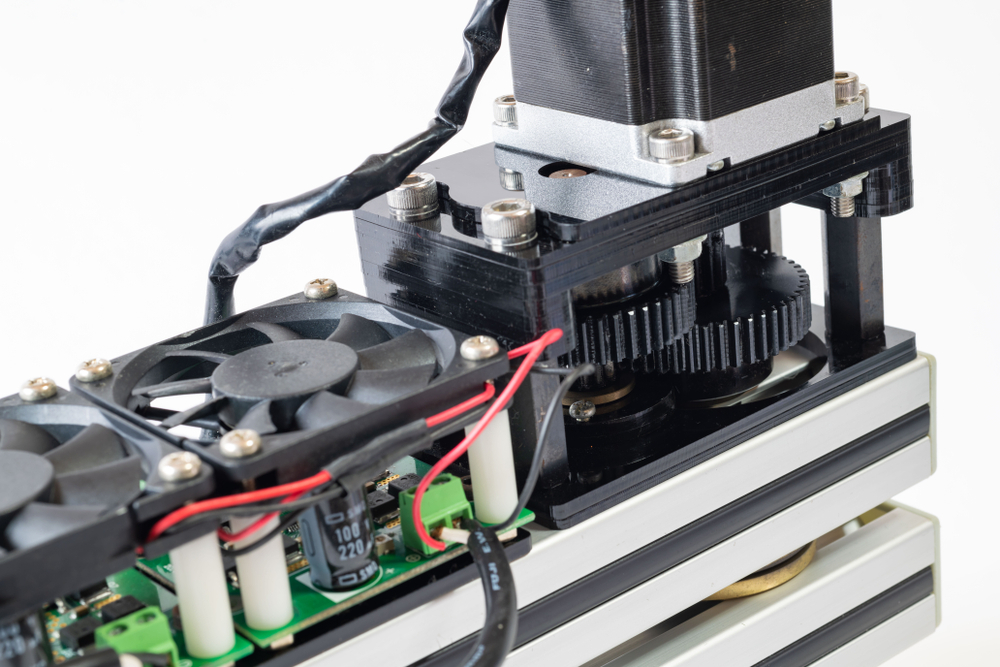
Significance of Servo Motors in Robotics:
High Performance and Efficiency:
Servo motors play a crucial role in delivering high performance and efficiency in robotic systems, enabling them to accomplish tasks with speed, accuracy, and reliability. Whether optimizing production processes in manufacturing, enhancing throughput in logistics, or improving patient outcomes in healthcare, servo motors drive efficiency and productivity across diverse industries and applications.
Versatility and Adaptability:
Servo motors offer versatility and adaptability, allowing robots to perform a wide range of tasks and maneuvers with precision and flexibility. Whether handling delicate objects in assembly, navigating cluttered environments in mobile robotics, or executing complex trajectories in aerial drones, servo motors empower robots with the versatility needed to excel in diverse applications and environments.
Innovation and Advancement:
Ongoing research and development in servo motor technologies drive innovation and advancement in the field of robotics, pushing the boundaries of what robots can achieve. From advancements in motor design and control algorithms to integration with sensors and artificial intelligence, servo motors continue to evolve, unlocking new possibilities for robotic automation in areas such as autonomous vehicles, collaborative robotics, and human-robot interaction.
Safety and Reliability:
Servo motors prioritize safety and reliability in robotic operations, incorporating features such as overload protection, fault detection, and emergency stop systems to prevent accidents and ensure operator safety. By implementing redundant systems, predictive maintenance algorithms, and fail-safe mechanisms, servo motors enhance the safety and reliability of robotic systems, providing peace of mind in critical applications such as aerospace, defense, and healthcare.
Empowerment and Collaboration:
Servo motors empower humans to interact and collaborate with robots in a variety of contexts, from industrial automation to assistive technologies. By providing intuitive interfaces, collaborative control modes, and adaptive assistance features, servo motors facilitate seamless interaction and collaboration between humans and robots, unlocking new opportunities for enhanced productivity, creativity, and innovation in robotics.
In conclusion, servo motors stand as indispensable components in the realm of robotics, driving the precision, agility, and efficiency of robotic systems across diverse applications and industries. From DC servo motors powering the precise movements of robotic arms in manufacturing to AC servo motors driving the dynamic motion of mobile robots in logistics, servo motors play a pivotal role in shaping the evolution of robotics, enabling machines to transcend boundaries and redefine the possibilities of human-machine collaboration. As robotics continues to advance and proliferate into new domains, the significance of servo motors as catalysts for innovation and progress remains unwavering, paving the way for a future where
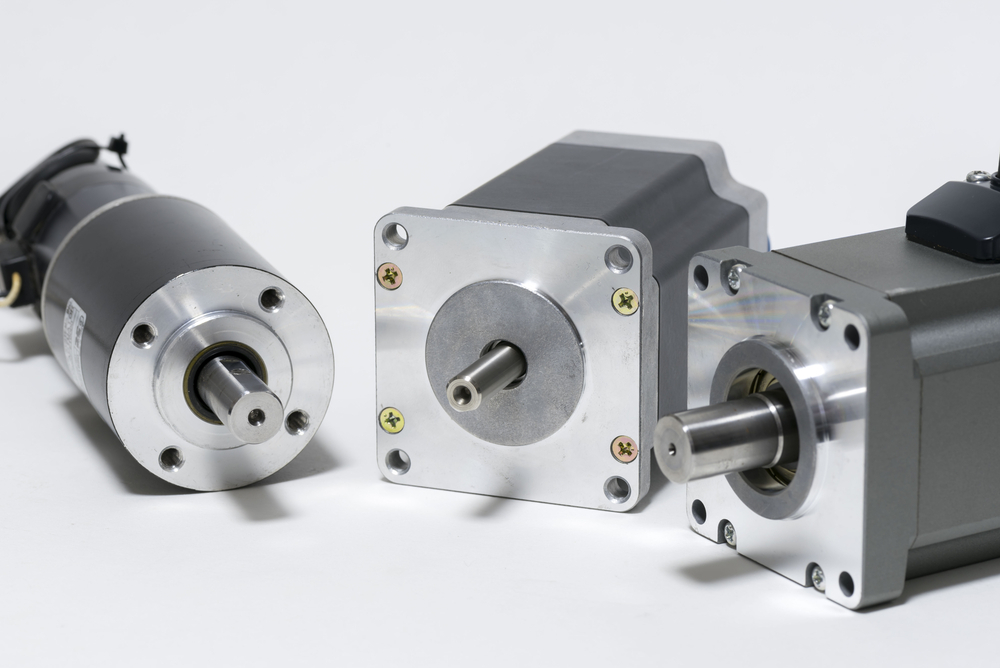
- Stepper Motors:
Stepper motors, with their distinctive step-by-step motion, excel in applications requiring precise positioning and open-loop control. These motors advance in discrete increments, allowing for precise control over rotation angles and speeds. Stepper motors find widespread use in 3D printers, CNC machines, and robotic systems where simplicity, cost-effectiveness, and positional accuracy are paramount.
- DC Motors:
Direct current (DC) motors offer simplicity and versatility, making them a popular choice in robotics for a wide range of applications. These motors operate on the principle of electromagnetic induction, converting electrical energy into rotational motion. DC motors come in various configurations, including brushed and brushless variants, each offering unique advantages in terms of cost, efficiency, and maintenance requirements. From mobile robots to robotic prosthetics, DC motors provide the driving force behind a myriad of robotic endeavors.
- Linear Actuators:
Linear actuators translate electrical energy into linear motion, enabling robots to perform tasks such as lifting, pushing, and pulling with precision. These actuators come in different forms, including lead screw actuators, belt-driven actuators, and linear motors, each tailored to specific applications based on factors such as load capacity, speed, and stroke length. Linear actuators find applications in robotics ranging from automated assembly lines to medical devices, where linear motion is essential for task execution.
- Voice Coil Actuators:
Voice coil actuators, also known as linear motors, offer high-speed and high-precision linear motion without the need for mechanical commutation. These actuators consist of a coil suspended within a magnetic field, with the application of current inducing motion along the axis of the coil. Voice coil actuators excel in applications requiring rapid and precise positioning, such as laser machining systems, semiconductor manufacturing equipment, and dynamic control systems.
Functionalities of Electric Actuators:
- Motion Control:
Electric actuators serve as the primary means of generating motion in robotic systems, enabling robots to move their limbs, joints, or end-effectors with precision and agility. Whether executing complex trajectories in industrial assembly lines or navigating obstacle-laden environments in autonomous vehicles, electric actuators provide the mechanical muscle needed to bring robotic motions to life.
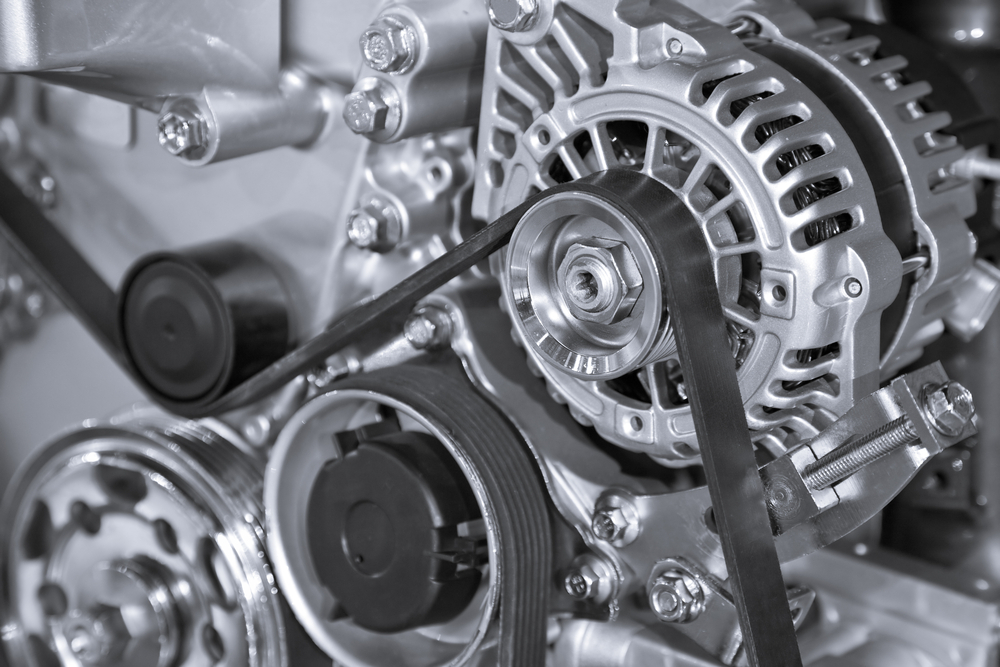
- Positioning and Accuracy:
Electric actuators excel in providing precise positioning and accurate motion control, essential for tasks requiring fine manipulation and coordination. Through feedback mechanisms such as encoders and sensors, these actuators maintain precise position, velocity, and torque control, ensuring consistency and repeatability in robotic operations. From pick-and-place tasks in logistics to surgical procedures in healthcare, accurate positioning facilitated by electric actuators underpins the success of diverse robotic applications.
- Speed and Agility:
Electric actuators offer rapid response times and dynamic performance, enabling robots to swiftly adapt to changing environments and execute tasks with agility. Whether performing high-speed maneuvers in robotic sports competitions or navigating complex terrain in search-and-rescue missions, electric actuators empower robots with the speed and agility needed to excel in dynamic and unpredictable scenarios.
- Efficiency and Energy Optimization:
Electric actuators are designed to operate with efficiency and energy optimization in mind, maximizing output power while minimizing energy consumption. Through advancements in motor design, control algorithms, and power electronics, modern electric actuators achieve high levels of efficiency across a wide range of operating conditions. By optimizing energy usage, these actuators contribute to the overall sustainability and autonomy of robotic systems, extending their operational capabilities in resource-constrained environments.
- Integration and Interfacing:
Electric actuators seamlessly integrate with control systems and interfaces, enabling intuitive interaction and seamless communication between humans and robots. Through standardized protocols such as Modbus, CAN bus, and EtherCAT, electric actuators interface with programmable logic controllers (PLCs), microcontrollers, and human-machine interfaces (HMIs), facilitating real-time monitoring, control, and diagnostics. This interoperability fosters collaboration and interoperability within robotic ecosystems, enabling the seamless integration of actuators into diverse applications and industries.
Significance of Electric Actuators in Robotics:
- Precision and Reliability:
Electric actuators play a crucial role in ensuring precision and reliability in robotic operations, underpinning the success of tasks requiring accuracy and repeatability. Whether performing delicate surgical procedures or executing precise assembly tasks in manufacturing, electric actuators provide the mechanical precision needed to achieve consistent and reliable outcomes.
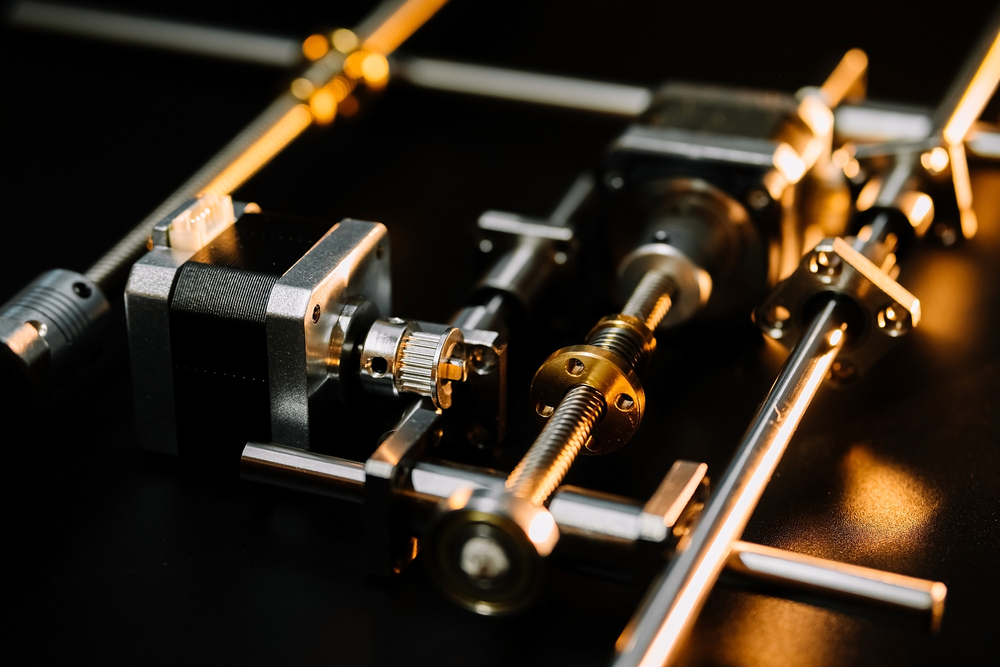
- Versatility and Adaptability:
The versatility and adaptability of electric actuators enable robots to tackle a wide range of tasks and environments with ease. From industrial automation to service robotics, electric actuators empower robots with the flexibility to adapt their motions and interactions to diverse scenarios, enhancing their utility across various applications and industries.
- Innovation and Advancement:
Ongoing research and development in electric actuator technologies drive innovation and advancement in the field of robotics, pushing the boundaries of what robots can achieve. From advancements in motor design and control algorithms to the integration of smart sensors and materials, electric actuators continue to evolve, unlocking new possibilities for robotic applications in fields such as healthcare, transportation, and exploration.
- Safety and Efficiency:
Electric actuators contribute to the safety and efficiency of robotic systems through features such as overload protection, fault detection, and energy optimization. By implementing safety mechanisms and energy-efficient designs, electric actuators minimize the risk of accidents and malfunctions while maximizing the productivity and longevity of robotic systems, ensuring safe and sustainable operation in diverse environments.
- Empowerment and Collaboration:
Electric actuators empower humans to interact and collaborate with robots in a variety of contexts, from industrial manufacturing to assistive technologies. By providing intuitive interfaces and seamless integration with human-operated control systems, electric actuators facilitate collaboration between humans and robots, unlocking new opportunities for enhanced productivity, creativity, and innovation.
In conclusion, electric actuators stand as indispensable components in the realm of robotics, driving the motion, precision, and versatility of robotic systems across diverse applications and industries. From servo motors orchestrating the graceful movements of industrial robots to stepper motors powering the intricate motions of 3D printers, electric actuators play a pivotal role in shaping the evolution of robotics, enabling machines to transcend boundaries and redefine the possibilities of human-machine collaboration. As robotics continues to advance and proliferate into new domains, the significance of electric actuators as catalysts for innovation and progress remains unwavering, paving the way for a future where robots seamlessly integrate into every facet of our lives, enriching and empowering humanity with their boundless potential.
